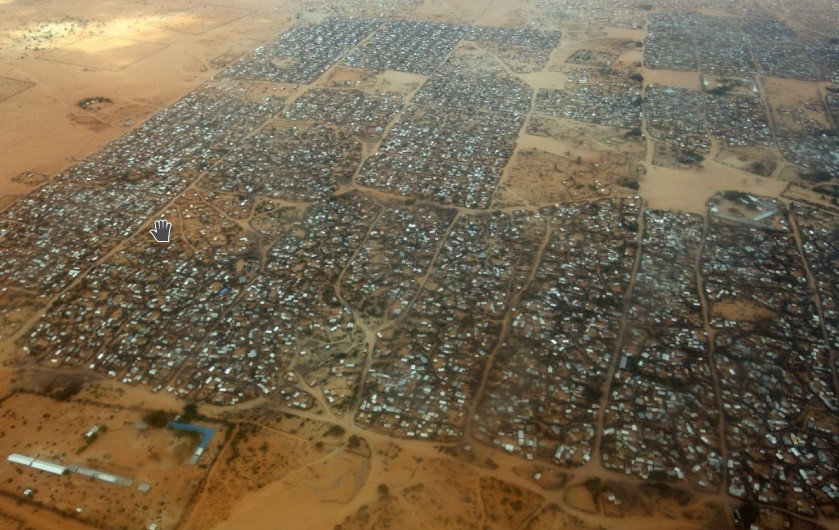
And even though the Kenyan government has threatened to shut down its two largest refugee camps, Dadaab and Kakuma, twice before, they have taken the additional step this time of "disbanding" their Department of Refugee Affairs so as to close the camps in "the shortest time possible."
Three quarters of the refugees in Kenya are from Somalia, many of whom fled a devastating famine between 2010 and 2012. Others have fled the violence that has plagued their home country. Since 2011, Kenyan troops have fought against the Somali extremist group al-Shabab, which has retaliated by launching numerous attacks on Kenyan soil, including sieges of Garissa University College andWestgate mall, killing 147 and 61 respectively. Most of the other refugees come from South Sudan. Dadaab, a sprawling series of settlements 80 miles inside Kenya from the border with Somalia, is the world's largest refugee camp and is nearing its 25th anniversary.
The Kenyan government alluded to its suspicions that the refugee camps may be havens for al-Shabab in its announcement, saying that the closures were "due to the immense security challenges such as threat of Al Shabaab and other related terror groups."
Both Somalia and South Sudan are still largely ungoverned, and returning there almost certainly put these refugees back in harm's way. Aid groups were quick to register their opposition to the move. International pressure has contributed to the camps' staying open twice before.
Medicins sans Frontieres, known in English as Doctors Without Borders, added in a statement that "the closure would risk some 330,000 Somali lives and have extreme humanitarian consequences, forcing people to return to a war-torn country with minimal access to vital medical and humanitarian assistance."
Amnesty International's East Africa regional director, Muthoni Wanyeki, said: "While it is true that resettlement to third countries has been slow, Kenya should itself consider permanent solutions towards the full integration of refugees, some of whose stay in Kenya is now over generations. Forced return to situations of persecution or conflict is not an option."
It is hard to imagine the process of repatriating more than half a million people, many of whom were born in these camps. So far, only 4,214 Somalis have been repatriated from Dadaab by the office of the U.N. High Commissioner for Refugees (UNHCR). The announcement from the Kenyan government notes that hosting so many refugees exacts a "very heavy economic, security, and environmental burden on behalf of the region and international community."
There are now more than 50 schools across Dadaab's camps, as well as police stations, refugee-run stores and even a driving school.



Reader Comments
to our Newsletter